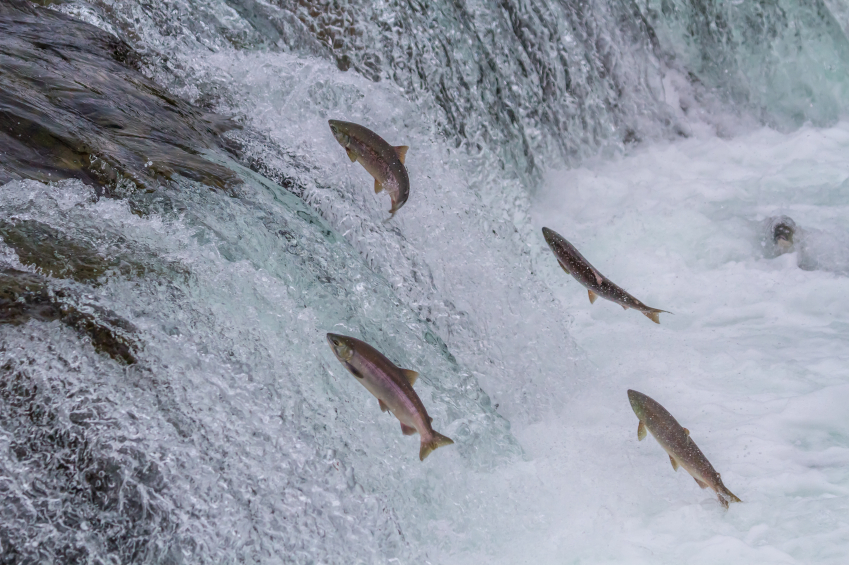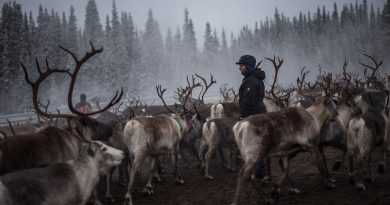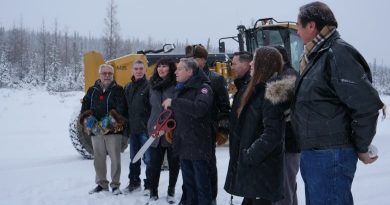Alaska: Bristol Bay sockeye’s prey quality affected by ocean temperature

Having healthy and plentiful returns of salmon each season is an important issue to subsistence, sport and commercial fishermen alike.
But, relatively little is known about what happens to the fish once they leave their spawning grounds and head out to sea. A group of scientists have started investigating a piece of the puzzle in a survey of juvenile Bristol Bay sockeye salmon.
Bristol Bay sockeye can account for nearly 60 percent of the world’s harvest each year. But, the fish’s returns vary greatly from year to year.
Scientists believe a large portion of salmon mortality occurs in their first year at sea. And they think size can play a vital role in fish survival.
“So it’s important for them to be large and have extra lipid reserves before they go into the winter in order to survive,” Ellen Yasumiishi, a research fisheries biologist for the National Oceanic and Atmospheric Administration, said.
A larger fat reserve means more energy for the salmon in winter, when food is more scarce.
Smaller fish at disadvantage
During the study, Yasumiishi and her team found that – no surprise – the smaller fish are typically at a disadvantage.
“They swim slower and they have to compete for food with other fish, so they might not be getting as much food as they need to as the other fish,” she said. “And they might also be a prey item for larger species that feed on the smaller prey.”
The study indicates salmon over 180 millimeters long – or about 7 inches – have the highest survival rates.
Yasumiishi’s team also discovered a difference in diets between warm and cold years. She says in warmer years, juvenile salmon fed primarily on pollock.
“Those are a lower-energy rich prey, and whereas in cold years they are feeding on euphasiids, which are crustaceans,” Yasumiishi said. ”So it would be like the difference between me eating McDonald’s fish sticks for dinner and king crab.”
“So that crab, that crustacean provides that extra lipid concentration that they need.”
Yasumiishi says the difference in diet is likely a function of which types of prey are most abundant at the time.
Even though the quality of prey differs depending on the ocean temperature, she says there are a number of other factors in play affecting salmon returns — which vary greatly, regardless of whether it’s a cold or warm year.
Close to 54 million sockeye are projected to run in Bristol Bay in 2015 – which is the largest forecast in 20 years.
Related stories from around the North:
Canada: Is a fishing boom in the Arctic a sure thing?, Eye on the Arctic
Finland: EU drops seal-protection complaint against Finland, Yle News
Norway: Norway-Russia fishery expedition finds abundance of cod, decline in other species, Barents Observer
Sweden: Record numbers for Swedish wild salmon, Radio Sweden
Russia: Oryong 501 sinking highlights Arctic fishing, shipping issues, Blog by Mia Bennett
United States: Unusual species in Alaska waters indicate parts of Pacific warming dramatically, Alaska Dispatch



